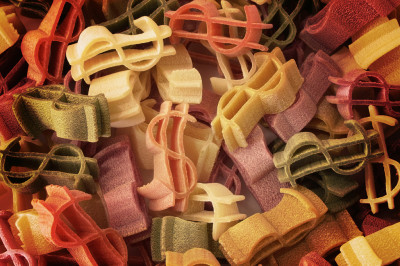Not too long ago, we used to laugh about the sci-fi elements of wearable technology — à la Maxwell Smart, who talked into phones concealed in more than 50 objects, including a necktie, watch and, most famously, his shoe. Who knew that the bumbling agent from the 1960s TV spy spoof “Get Smart” was years ahead of his time?
(NBC)
While the show was silly, it imagined a world we now inhabit: In April 2015 comes Apple Watch, probably the highest profile “wearable” to go on the market, offering all of the features of smartphones — Facebook updates, weather, email, photos and more — in a smaller, more portable package.
Perhaps no Apple Watch wearer is going to foil an evil KAOS plot, but he or she will be able to test blood glucose (an app on the new watch), track fitness goals, make mobile payments and even open a smart lock on the door at home.
The year of wearable tech
Apple Watch, which is seen as an adjunct to the iPhone, is far from the only contender. In fact, the “wearables” market is poised to be the next big thing on the tech horizon, and by most accounts, this is still an open market. Some are calling 2015 the “year of wearable tech.”
Consumer researchers from NPD Group estimate that wearables hit $475 million in sales in the past year, based on sales in the two categories it follows: smartwatches and full-body activity trackers. Venture capitalists see the potential for some of these items to become indispensable. The market for wearable technology is expected to increase tenfold to as much as $50 billion in the next three to five years according to Credit Suisse.
Wearable tech has already made inroads with tech-savvy, health-conscious consumers who don a Fitbit, Jawbone Up or Nike FuelBand. These wearable devices monitor the wearer’s health, heart rate, sleep patterns and stress levels, and they also offer gentle reminders to get up and move, estimating calories burned.
More than 70 million fitness trackers and health gadgets were sold globally in 2014, and another 68 million are expected to ship in 2015, according to research from Gartner. Although these items have already swept the market, many of them end up in a drawer after three months. Part of the challenge is turning the overwhelming amounts of data into actionable insights that will help guide our fitness and nutrition choices.
While these products are selling well, no one quite knows what the next trend will be. At last month’s Consumer Electronics show in Las Vegas, some industry observers were underwhelmed. “Designs are still clunky, and basic functionality of most attempts remain unchanged,” noted one trend forecaster.
Some observers believe wearables manufacturers have been focusing on what’s easy to produce rather than what’s actually useful. According to Jay Morgan, digital creative director of Havas Worldwide, brands need to think about making wearable tech something we don’t have to interact with — just something that’s “going to be a part of your life.”
“Everyone is sure that wearables are going to be huge, but there’s no cohesive narrative about how this will occur,” said Brian Heater of Digitaltrends.com.
What’s in it for the rest of us?
For those of us not obsessed with caloric intake or walking our 10,000 steps, what does the future hold? And what about fashion-conscious people who don’t want to wear a clunky watch?
Apple Watch, with all of its promised gizmos and ability to be customized, is certainly a step in the right direction. Although Apple Watch promises to have success with the usual diehard Apple fans, there is competition coming up behind. Swatch, Sony, Samsung, Alcatel and others are all racing to get their smartwatches to market.
Merging fashion and wearables
Despite wearables’ mediocre showing at this year’s Consumer Electronics Show, investors and fashion brands are flocking to invest in the industry.
- Ralph Lauren launched its Polo Tech shirt at last year’s US Open. The shirt features knitted-in sensors that read biological and physiological information with a comfortable “second-skin fit.”
(RalphLauren.com)
- Luxottica is pairing up with Intel to develop fashionable glasses that combine its top fashion brands with technology that will allow wearers to access information about their health or location.
- Rebecca Minkoff is getting into the action with a five-piece line of wearable tech items. Her focus is on camouflaging wearables with stylish accents.
(TheFashionSpot.com)
- Cartier, Chanel, Citizen, Cole Haan, Fossil, Kate Spade, Marc Jacobs, Michael Kors, Rebecca Minkoff, Tommy Hilfiger, Tory Burch and Tourneau are all exploring wearables opportunities.
And Intel wants to be the chipmaker inside as many wearables as possible. Intel created for inventors an all-in-one chipset, the Edison, and the company is partnering up with Barney’s New York and connecting with hundreds of members of the Council of Fashion Designers of America in the hope of innovating new sell smart fashion items.
With all of these products set to come to the market, the question remains: Who will be the first to put a smartphone in a shoe?
They can call it the Maxwell Smartphone. Just an idea.
Anjee continues to be an insatiable collector of all things retail. She’s a student of culture living next door to future shoppers, whose fleeting trends constantly change the retail landscape … driving retailers, landlords and developers crazy!

 Anjee Solanki
Anjee Solanki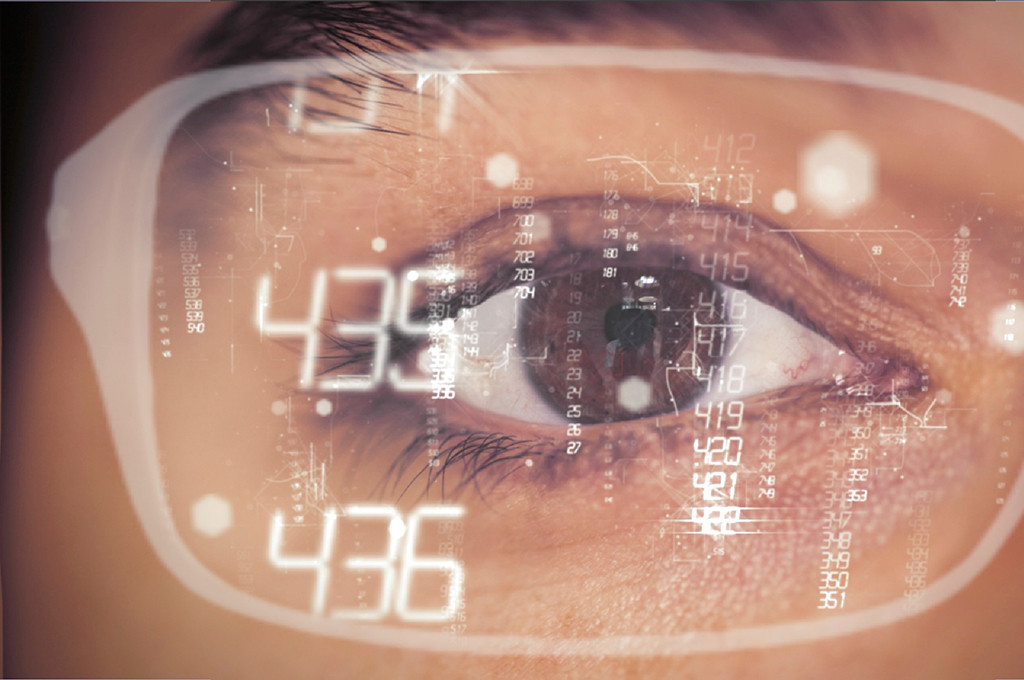
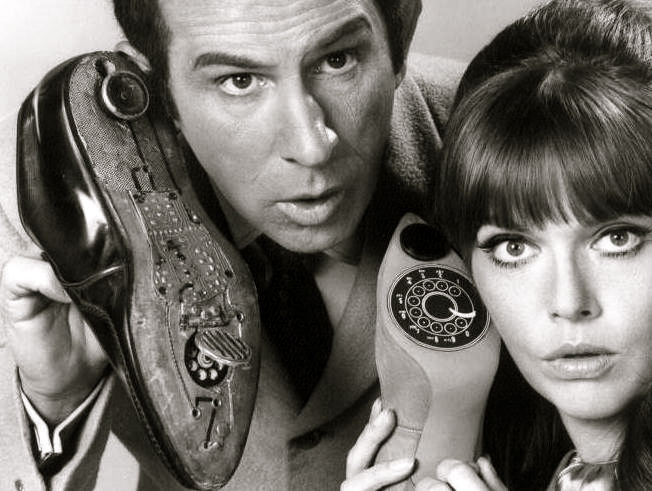
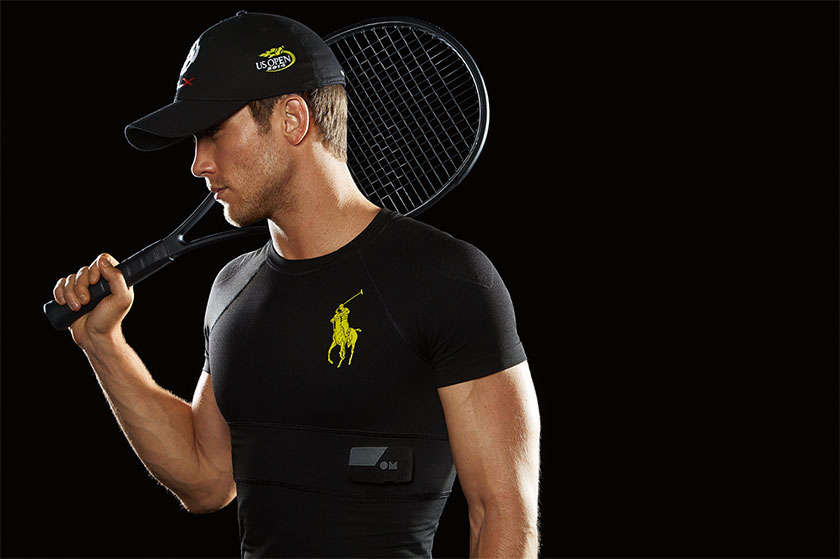
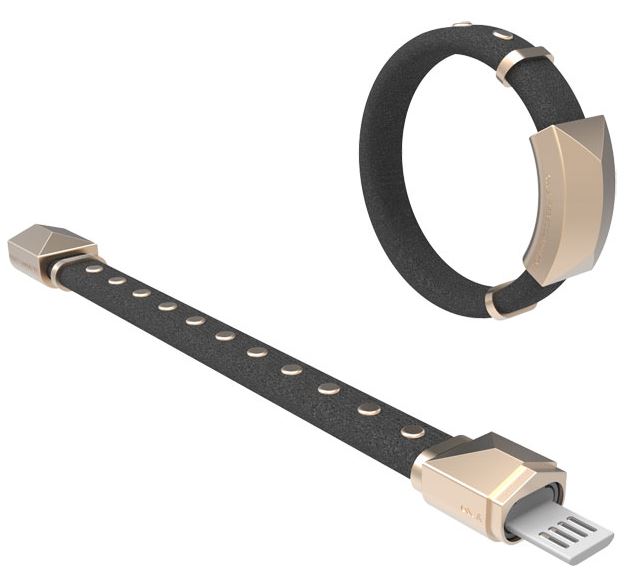

 Colliers Insights Team
Colliers Insights Team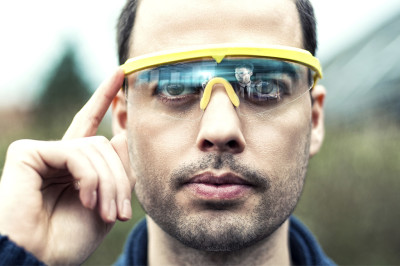
 Lex Perry
Lex Perry